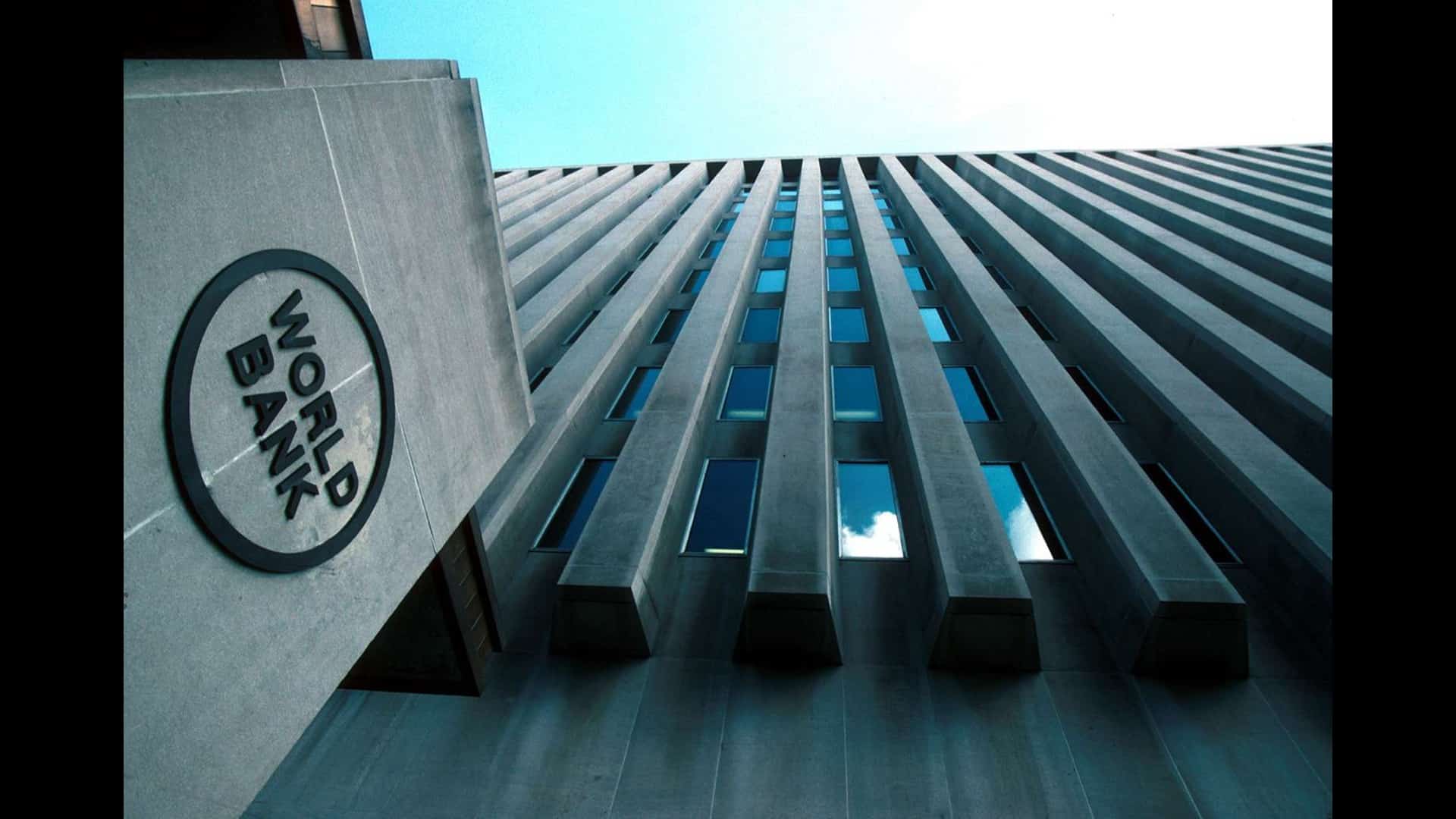In a crucial move underlining the precarious financial state of Sri Lanka, the World Bank approved a $150 million allocation on Friday aimed at securing the savings of millions of depositors. This initiative comes as the nation grapples with the aftermath of a severe crisis last year, during which the rupee currency depreciated by nearly 50 percent after the government declared bankruptcy and defaulted on its $46 billion foreign debt.
The economic downturn triggered acute shortages of essential commodities, including food, fuel, and medicines, sparking months of violent protests. The unrest ultimately led to the resignation and departure of then-President Gotabaya Rajapaksa. The World Bank's country director, Faris Hadad-Zervos, underscored the significance of robust safety nets to support the financial sector in the wake of Sri Lanka's economic crisis.
The allocated funds will be directed toward a deposit insurance scheme designed to protect small savers with deposits less than 1.1 million rupees ($3,400), constituting 90 percent of total deposits. While Sri Lanka's economy is anticipated to contract in 2023, it has shown signs of stabilization since the crisis. Inflation, which peaked at nearly 70 percent over a year ago, has now fallen below two percent.
Despite securing a 48-month $2.9 billion bailout from the International Monetary Fund (IMF) in March, the disbursement of the latest $330 million instalment has been delayed since September. This delay is attributed to inconclusive foreign debt restructuring, reflecting the ongoing challenges facing Sri Lanka's economic recovery efforts. The World Bank's financial injection aims to fortify the country's financial resilience, particularly in safeguarding the interests of small depositors.




















